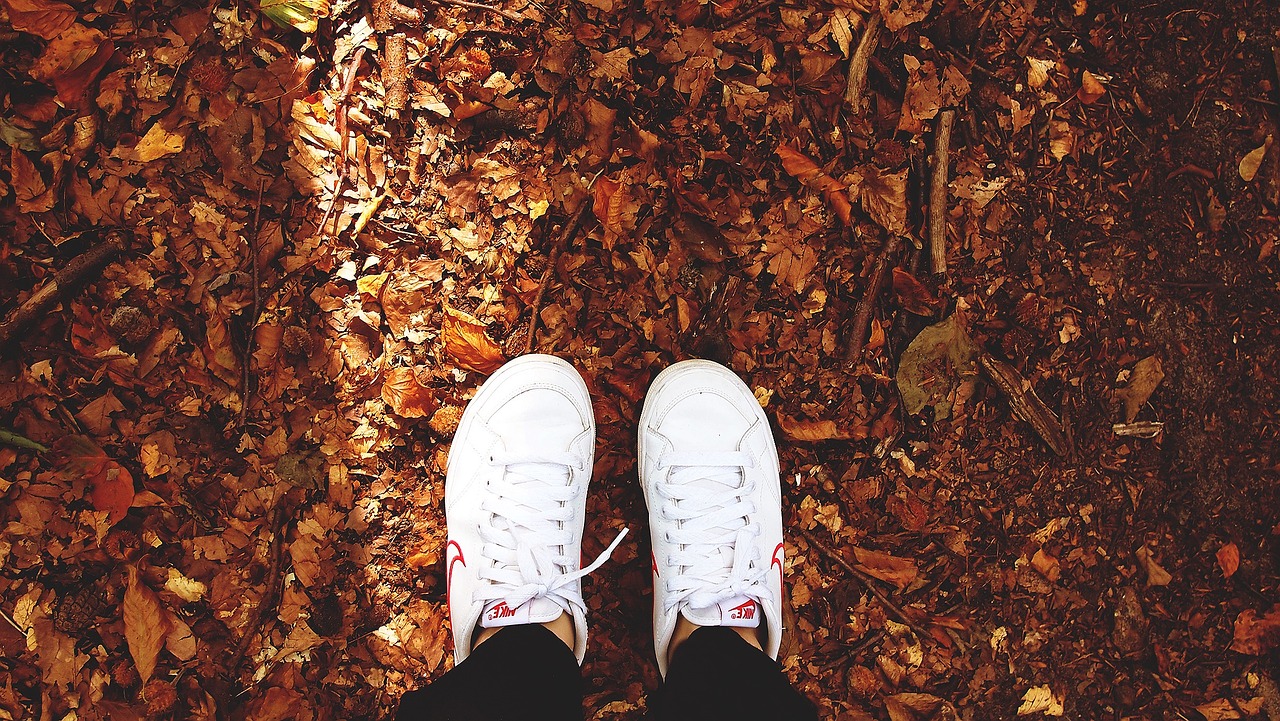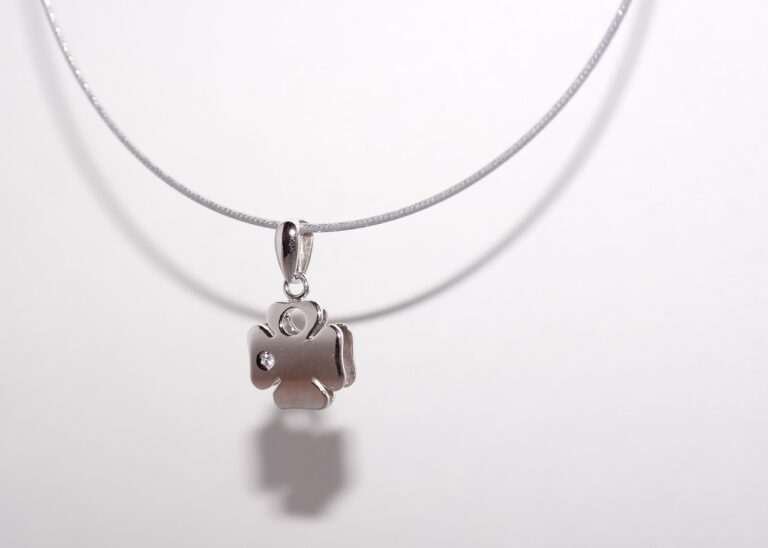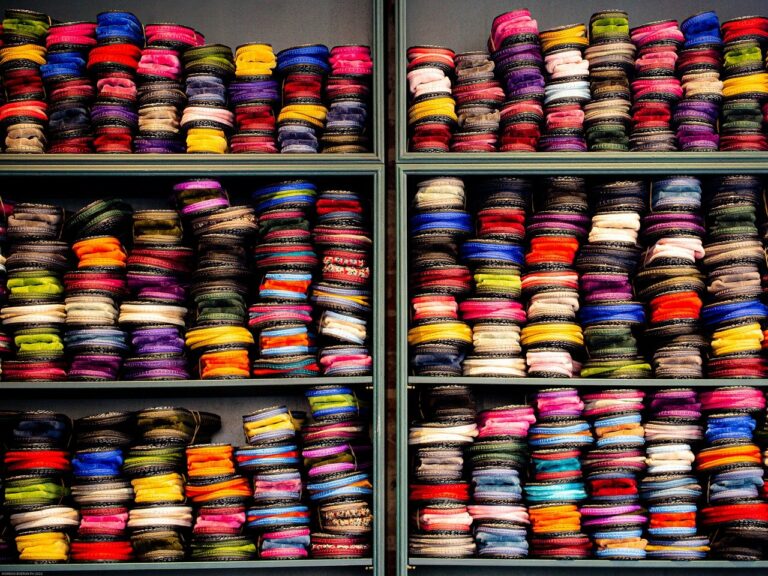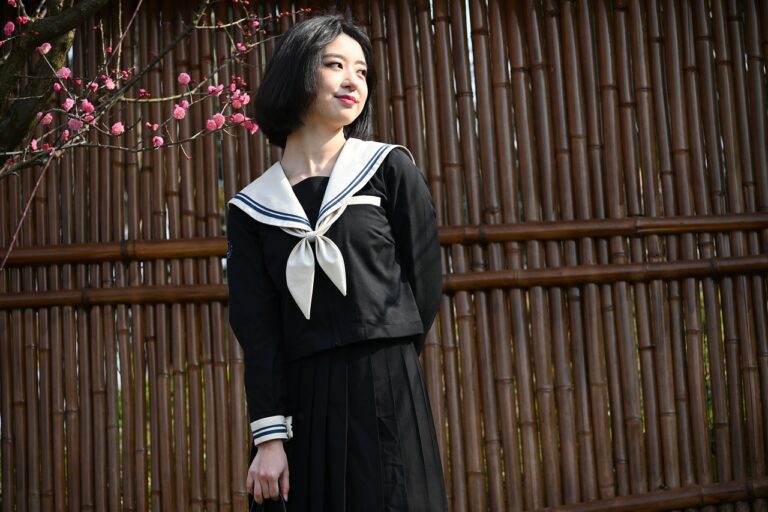The Art of Pattern Making: From Sketch to Finished Garment
A crucial aspect of pattern making is mastering the art of creating templates that will serve as the foundation for garments. Understanding the fundamental principles of pattern making involves precise measurements and attention to detail. This meticulous process ensures that the final garment fits the body accurately and flatters the wearer.
Pattern manipulation is another key component of pattern making. This involves the strategic alteration of the basic template to achieve different design variations. By experimenting with different cuts, seam placements, and proportions, designers can transform a simple pattern into a myriad of unique garments. This creative aspect of pattern making allows designers to unleash their imaginative flair and craft one-of-a-kind pieces.
Understanding Body Measurements
Body measurements are crucial in creating well-fitting garments. Taking accurate measurements ensures that the final piece will drape nicely on the body and provide comfort to the wearer. Key areas to measure include the bust, waist, hips, and inseam for pants. These measurements serve as the foundation for drafting patterns that will be customized to fit the individual’s unique shape.
When measuring, it is essential to use a flexible measuring tape and ensure that it lies flat against the body without being too tight or too loose. It is advisable to measure over bare skin or tight-fitting clothing to get precise measurements. Additionally, enlisting the help of a friend or professional tailor can help in obtaining accurate measurements, especially for areas that are challenging to measure solo. Taking the time to get precise body measurements will result in a garment that fits well and flatters the wearer’s body shape.
• Bust: Measure around the fullest part of the bust, ensuring that the tape is parallel to the ground
• Waist: Measure around the narrowest part of the waist, typically above the belly button
• Hips: Measure around the fullest part of the hips, ensuring that the tape is parallel to the ground
• Inseam: Measure from the crotch down to where you want your pants to end
Taking these measurements accurately will help in creating a garment that fits well and enhances your body shape. It’s important not to suck in your stomach or hold your breath while measuring as this can result in inaccurate measurements. Remember that each person’s body is unique, so it’s essential to take precise measurements for a personalized fit.
In addition to standard body measurements, it may be helpful to take specific measurements for certain garments such as sleeve length for tops or dress length for dresses. These additional measurements can further customize a garment and ensure a perfect fit. Don’t hesitate to seek guidance from professionals if you are unsure about how to measure certain areas properly.
By understanding and mastering body measurements, you’ll be able to confidently create garments that not only look stylish but also feel comfortable when worn. Whether you’re sewing clothes for yourself or others, accurate measurements are key in achieving a professional-looking finish. So grab your measuring tape and start taking those precise body measurements today!
Translating Sketches into Patterns
Creating patterns from sketches is a crucial step in bringing a design to life. After drafting a sketch that encapsulates your vision, it’s time to transfer those ideas onto pattern paper accurately. The key to this process lies in understanding the construction of the garment and breaking down the design into its basic components.
Start by analyzing your sketch and identifying key elements such as seams, darts, pleats, and any other structural details. Next, carefully measure and translate these elements onto your pattern paper using a ruler and French curve to ensure precision. Remember, accuracy is paramount at this stage to guarantee that the finished garment aligns with your original concept.
What is the importance of pattern making in fashion design?
Pattern making is essential in fashion design as it serves as the blueprint for creating garments. It helps in ensuring proper fit and design accuracy.
How can I understand body measurements for pattern making?
You can understand body measurements by taking accurate measurements of different parts of the body such as the bust, waist, and hips. These measurements will help you create patterns that fit the body well.
How do I translate sketches into patterns?
To translate sketches into patterns, you need to analyze the design elements of the sketch, break it down into individual pattern pieces, and then draft the patterns based on those pieces. This process involves using basic pattern making techniques and adjusting the patterns as needed to match the sketch.







